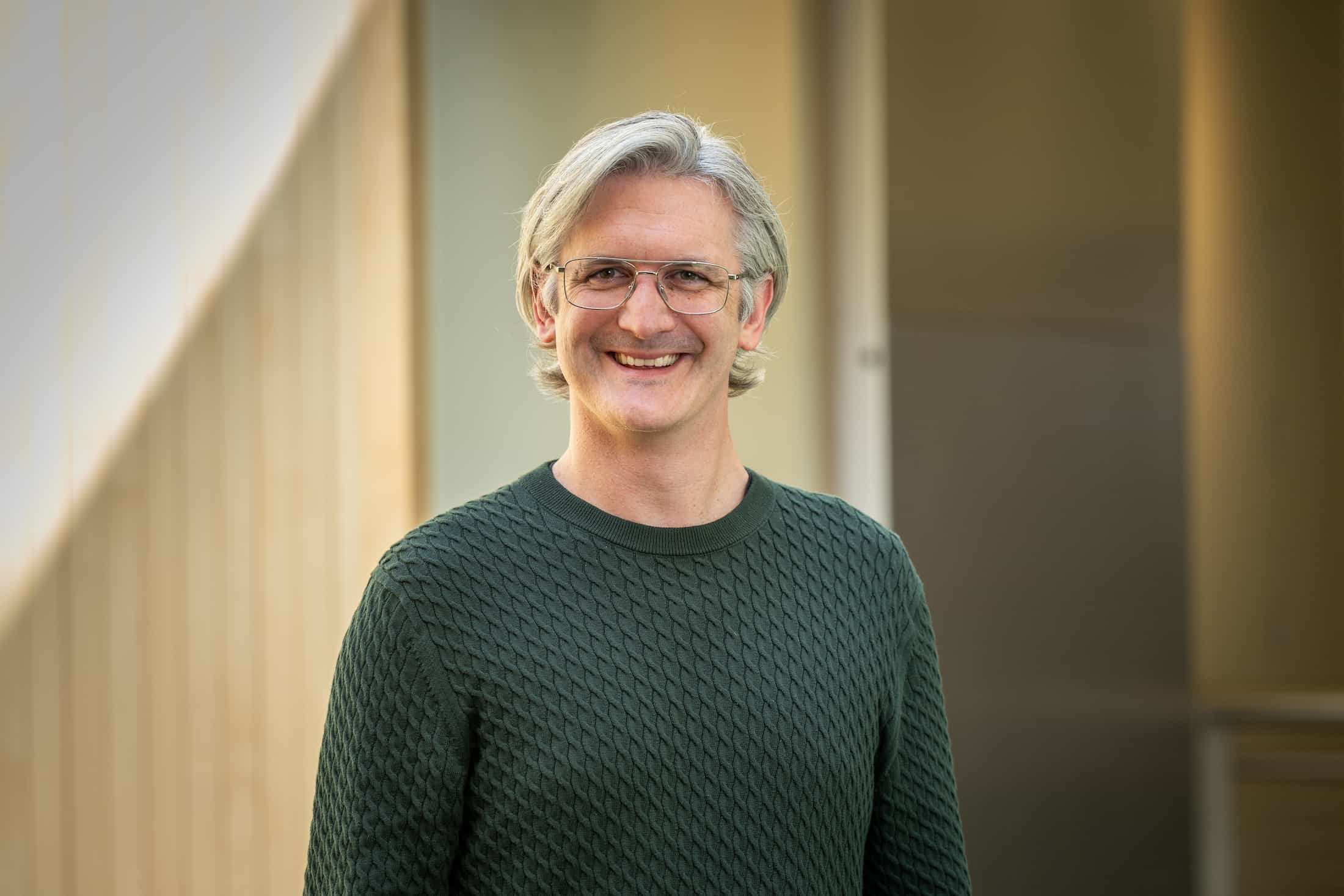By Kim Roth
Professor Alec Thomas has won a Research Accelerator Award for his team’s proposal to construct a high-repetition-rate X-ray beamline, using U-M’s HERCULES laser, for transformative manufacturing applications across engineering, medicine, homeland security and science.
The Research Accelerator funding program is part of a Michigan Engineering strategic initiative to spur and support bold, innovative research projects. Winning Research Accelerator projects receive up to $250,000 for one year.
The beamline Thomas plans to build will serve as a miniature laser-plasma synchrotron to generate high-intensity light in the form of X-ray radiation to facilitate real-time, in situ monitoring of metal-based additive manufacturing processes.
In spite of the incredible growth of additive manufacturing in the past decade and the potential societal impact of these technologies, one bottleneck remains: in situ data capture in order to better understand real-time changes in the materials being used.
“The University has worked at the forefront of high-intensity laser research for many years,” said Thomas, who is a member of the Center for Ultrafast Optical Sciences and principal investigator of the Research Accelerator project. “Only a handful of facilities can operate at the high repetition rates we need.”
HERCULES is one of the world’s most intense ultrashort, pulsed lasers, and Thomas’ team will use laser wakefield acceleration, a method that uses the plasma in the wake of the laser’s high-power ultrashort pulses, for synchrotron X-ray generation. The Research Accelerator award coincides with recent funding from the National Science Foundation and the U-M College of Engineering to upgrade HERCULES to 0.5-petawatt power.
The project team includes faculty from Materials Science and Engineering and Mechanical Engineering and is guided by a long-range vision to improve U.S. manufacturing competitiveness. The miniature laser synchrotron the group is pursuing will be the first of its kind.
“Having technology like this at U-M, within the College of Engineering, will help speed the design and deployment of new materials,” Thomas said. “Ultimately it will act as a springboard for a host of additional applications.”
